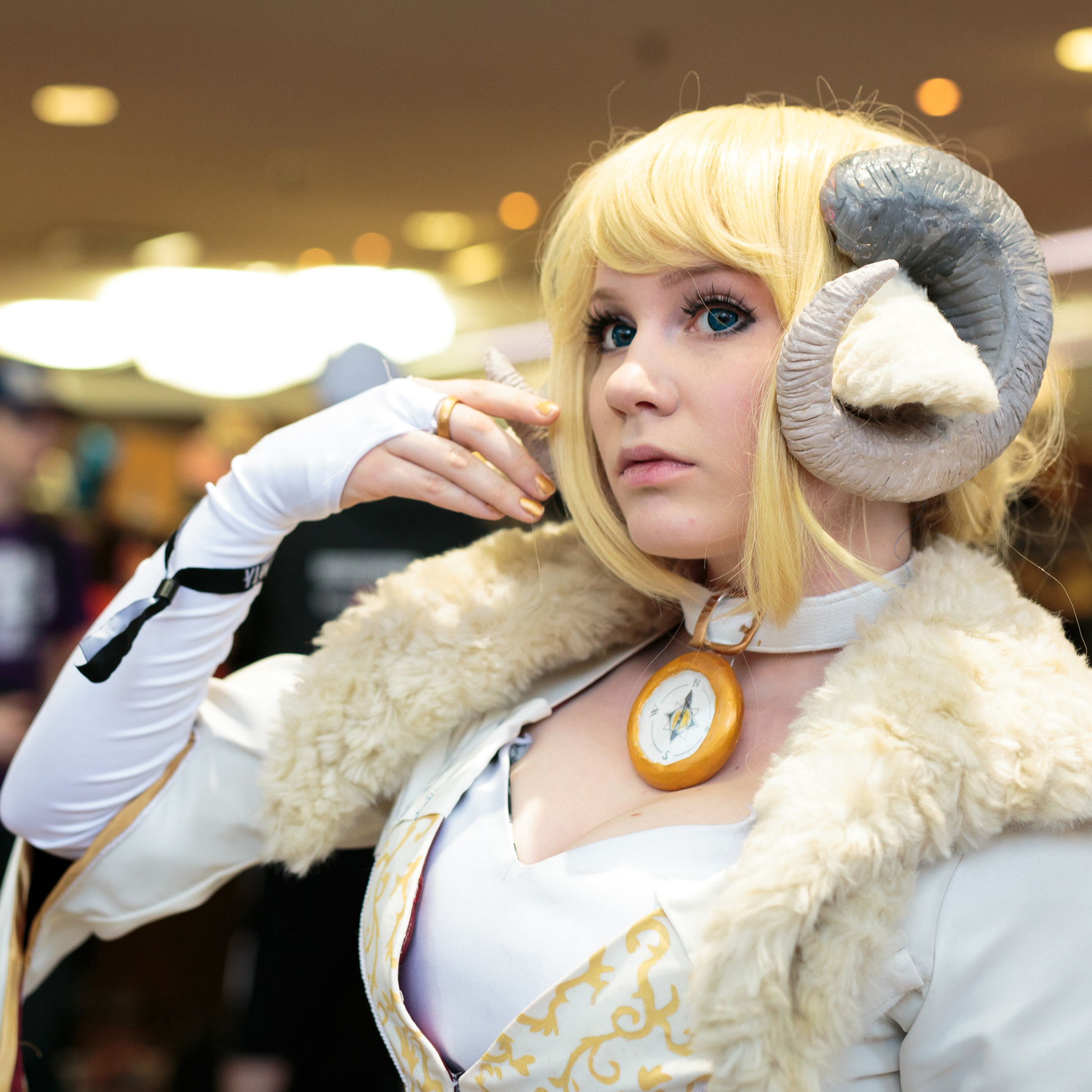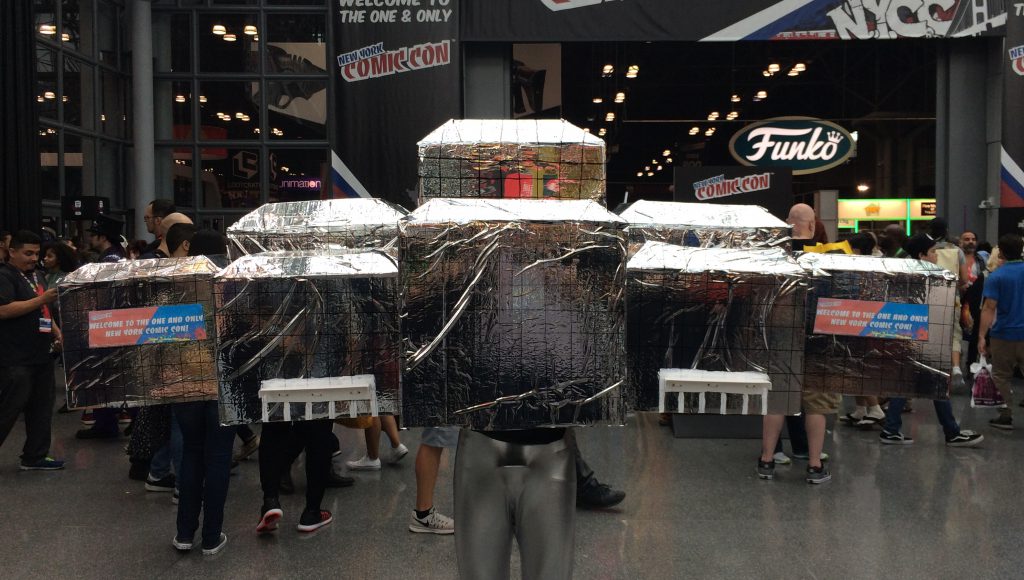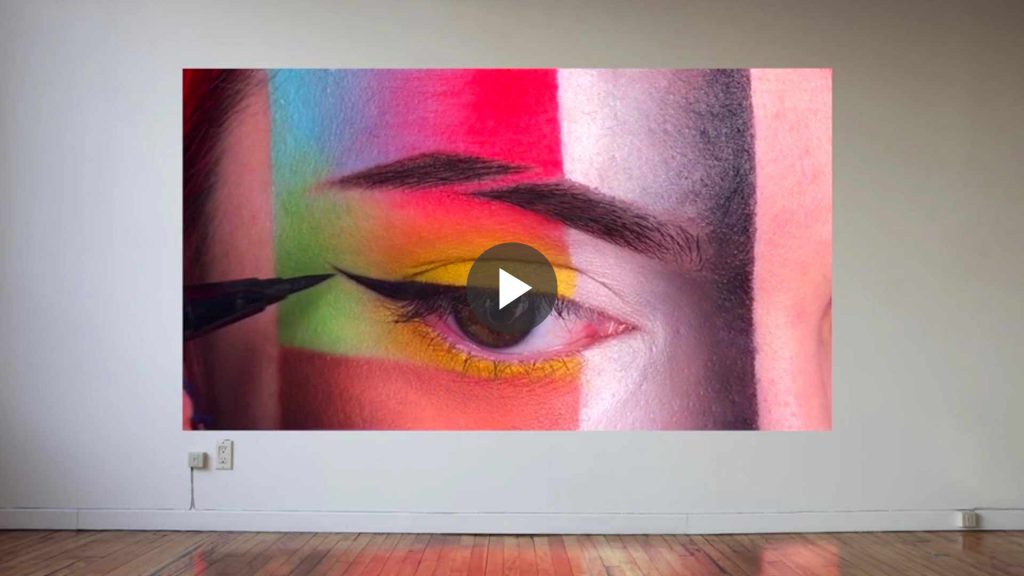From writing to acting to game playing, the desire to inhabit a character other than our own is a deeply human desire: to play, to escape, to possess traits we weren’t born with. While the practice of cosplay—dressing up as a favorite character from a movie, video game, or anime—is now widespread, it is still viewed by some as an act of transgression. With this week’s Play Digest, we take a closer look.
Just dressing for the everyday is itself a effort to project a persona, and garments can often “act as totems and taboos,” says costume curator Kimberly Chrisman-Campbell. In a way cosplay is transgressive, but it needn’t hold the negative connotation that word might suggest.
Hard research supports the notion that cosplay is not only a healthy expression of fandom, but also a practice that can benefit people who suffer from conditions as varied as social anxiety disorder and stuttering. For those not familiar with this kind of play (or those who have always hated Halloween), why people cosplay may remain a mystery, but its advantages to those who participate are legion, even beyond the simple, joyful fun of it. But, in some cases, even the protective bubble of cosplaying can’t always protect the player from the ailments of society.
Somewhere between fandom, cosplay, and costuming sits the phenomenon of the mascot. Fans feel strongly about them. The Ballard Institute at the University of Connecticut recognizes their importance and asks why we care so much about them. A good, brief history of the mascot was the subject of an episode of the 99% Invisible podcast. (And if they’re not your thing, blame this guy.)
But many mascots—fuzzy and cheerful or those of the more menacing variety—all boosters of sports consumerism and tribalism—come with loaded histories. The last few years especially have been witness to full-throated attacks on teams—at all divisions and levels of play—who cling to names, identities, and mascots that perpetuate stereotypes and demean personhood. From the Warriors to the Indians to the Zulu Cannibal Giants (yes, really): here’s a timeline.
But back to cosplay: despite some popular opinions that revolve largely around the perceived geekery of the endeavor, what gets expressed over and over is what a positive social outlet and avenue of self expression it is. Unlike a competitive sport, cosplay doesn’t have winners and losers, is a creative outlet to the highest degree, and, ultimately, is an exceedingly accepting community that reaches far beyond the art of dressing up.
Check in next week for a new roundup of the latest play news and stories.
(Image credit: Yukicon cosplayer from Flickr.)











